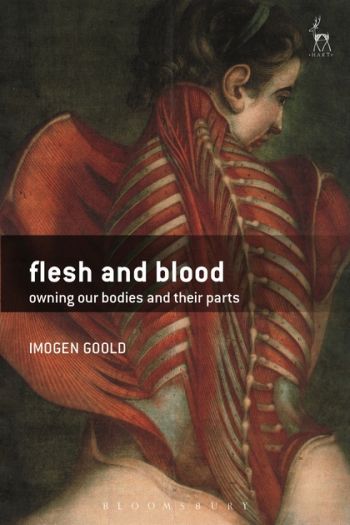
For centuries, human bodies and their parts have been used for scientific and medical research, as a source of transplant organs and even for the creation of artistic works. Human tissue is taken, tested and stored during forensic investigations and stored in databases across the country. We can examine the DNA in almost any cell of the body to yield personal information, while increasingly tissue's importance for research and the production of treatments has seen it become an item of commerce. Tissue is both object and information, laden with psychological, cultural and emotional significance while also being a tool that is used daily in medicine, criminal investigations and research. Its use presents complex challenges for legal regulation. As a result common law legal systems have so far struggled to produce a coherent, principled approach to regulating the use of human body parts.
Drawing on the fields of ethics, law and history, the author develops an interdisciplinary and holistic account of the challenges arising from human tissue use and the options for regulation. Part one of the book contextualizes the difficult issues surrounding the use of human tissue by presenting an historical account of how we have dealt with bodies and their parts since ancient times. Part two provides a detailed examination of the law covering tissue use in the United Kingdom, Australia and the United States. Part three explores the range of regulatory mechanisms that might be applied to human tissue, focusing on the notion of property at common law. The book concludes by analysing how property principles might be applied to human tissue and argues for why they should be.